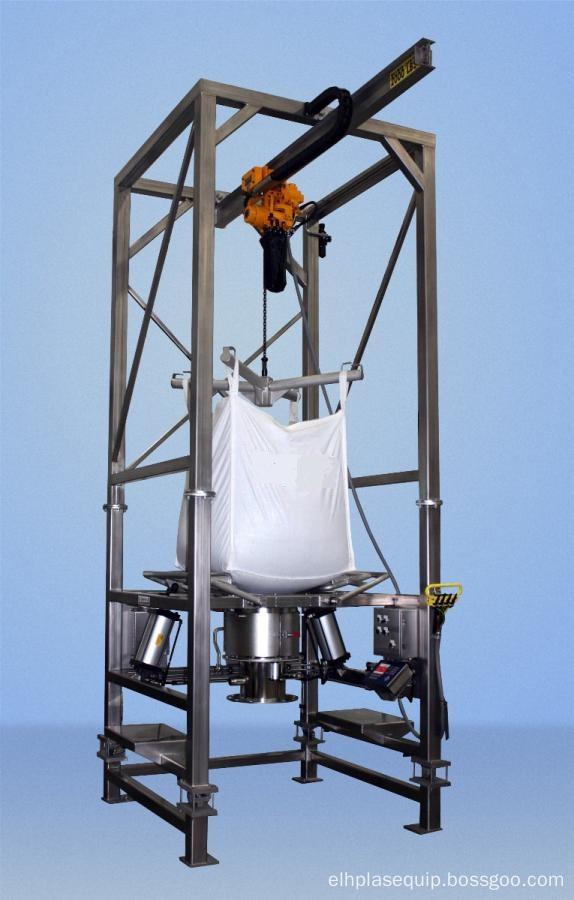The application of sensors in CNC machine tools
Sensor Introduction
A sensor is a device or device that can sense a specified measurement and convert it into a usable output signal according to a certain law. The input signal (measured) is often non-electrical, and the output signal is often an easily-processable quantity of electricity, such as a voltage.
There are many kinds of sensors, and the classification standards are different. The name is not the same. Common resistance sensors, inductive sensors, capacitive sensors, temperature sensors, piezoelectric sensors, Hall sensors, thermocouple sensors, photoelectric sensors, digital Position sensors, etc. The sensors used in CNC machine tools include photoelectric encoders, linear encoders, proximity switches, temperature sensors, Hall sensors, current sensors, voltage sensors, pressure sensors, liquid level sensors, resolvers, inductive synchronizers, and speed sensors. Mainly used to detect position, linear displacement and angular displacement, speed, pressure, temperature and so on.
CNC Machine Requirements for Sensors
(1) High reliability and strong anti-interference;
(2) Meet the accuracy and speed requirements;
(3) Easy to use and maintain, suitable for machine tool operating environment;
(4) Low cost.
Different kinds of CNC machine tools have different requirements for sensors. In general, large-scale machine tools require high speed response, and medium-sized and high-precision CNC machine tools mainly require precision.
Displacement detection
The sensors for displacement detection mainly include pulse encoders, linear encoders, rotary transformers, and inductive synchronizers.
4.1 Pulse Encoder Application
A pulse encoder is an angular displacement (rotational speed) sensor that can turn mechanical angles into electrical pulses. Pulse encoder can be divided into three types: photoelectric, contact and electromagnetic. Among them, there are many photoelectric applications.
4.2 Linear Grating Applications
Linear gratings are made using the transmission and reflection of light. They are often used for displacement measurement, have high resolution, and have higher measurement accuracy than optical encoders and are suitable for dynamic measurements.
In the feed drive, the grating scale is fixed on the bed, and the generated pulse signal directly reflects the actual position of the carriage. The servo system that uses the grating to detect the position of the table is a closed-loop control system.
4.3 Application of Resolver
A resolver is an inductive micromotor with a continuous function of output voltage and angular displacement. The resolver consists of a stator and a rotor. Specifically, it consists of a core, two stator windings, and two rotor windings. The primary and secondary windings are placed on the stator and rotor, respectively, and electromagnetic coupling between the primary and secondary windings is performed. The degree relates to the rotation angle of the rotor.
4.4 Induction Synchronizer Application
Induction synchronizer is made by using the principle that the mutual inductance of two planar windings varies with position. Its function is to convert the angle or linear displacement into the phase or amplitude of the induced electromotive force, which can be used to measure straight line or angular displacement. According to its structure can be divided into two kinds of linear and rotary. The linear induction synchronizer is composed of a fixed length and a sliding rule. The fixed length is installed on the machine bed. The sliding rule is installed on the moving part and moves along with the table. The stator of the rotary induction synchronizer is a fixed disc. Rotor For rotating discs. Induction synchronizer has the advantages of high precision and resolution, strong anti-interference ability, long service life, simple maintenance, long distance displacement measurement, good processability, and low cost. Linear inductive synchronizer is widely used in static displacement and dynamic measurement of large displacements, such as coordinate measuring machines, programmable CNC machine tools, high-precision heavy machine tools, and machining center measuring devices. Rotary induction synchronizers are widely used in turntables of machine tools and instruments as well as various rotary servo control systems.
In this category, manual dumping station EMD series, big bag discharge system
EDS series, stainless mobile bin ESB-2 series, stainless steel material silo for bulk materials EMS series with loading capacity up to 3000Kg, and stainless steel surge bin with capacity from 25kg to 300Kg are included.
Big bag discharge station is used to unpack and discharge big bags of plastic resins, food additives, and other dry powder and pellet materials in plastics, rubber, food, pharmacy and chemistry industries.
One type is that a forklift or a travelling crane is responsible for lift a big bag onto the station frame. The other type is that self-contained electric hoist is responsible for lift a big bag onto the station frame. In the latter system, help from outside is no need.

Material Discharge, Dumping and Storage
Industrial Materials Storage,Industrial Storage,Industrial Storage Racks,Material Storage Racks,Industrial Storage Solutions
ELH Machinery Co., Ltd , http://www.elh-machinery.com
